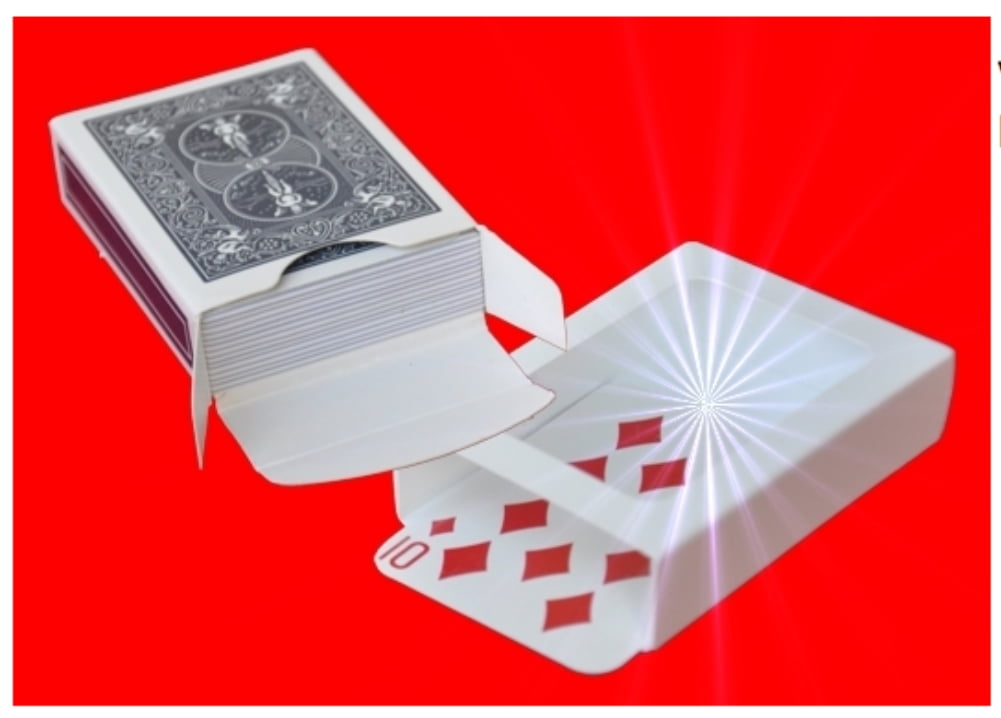

Used improperly, a demagnetizer will increase head magnetization.A hi-fi shop might also demagnetize your heads for you.

Only demagnetize if you start to hear distortion on your tapes.Look for a demagnetizer with a plastic-coated tip.Unplug the demagnetizer after demagnetizing both heads. Slowly pull the demagnetizer far away from the head.Get close to the head without touching it. Find many great new & used options and get the best deals for Nakamichi Dragon 3head auto reverse cassette deck Dolby B,C. Slowly move the tip back and forth across the tape head for a few seconds.Make sure the demagnetizer doesn’t touch the tape head (the magnetic field will cause it to try).Slowly move the tip of the demagnetizer towards the head.With the deck off, turn on (or plugin, if the demagnetizer doesn’t have a switch) demagnetizer away from the deck, other audio equipment and tapes.Use a commercial tape deck demagnetizer.Clean the tape path when you clean the tape heads.Use rubber cleaner on the pinch roller if you have it.See the information about your deck to see where the parts are on your equipment. Some decks have two capstans and pinch rollers.Wipe the remainder of the tape well with a dry swab.Clean stationary plastic and metal guideposts.Rotate pinch roller with a swab in tape path between capstan and pinch roller. Obviously, a careful and smooth operation of the tape deck will reduce the. Clean pinch roller (the black rubber roller that works with a capstan to guide tape). Accidental erasure due to the presence of magnetic fields will only occur if.Turn on deck to spin capstan (the metal spindle to the right of the tape heads that works with pinch roller to guide tape). Commercial head-cleaning fluids contain additives that will cause more harm than benefit.Clean heads after about 30 hours of use or according to the manufacturer’s recommendations.Repeat until the swab does not appear to be discolored.Use a fresh swab when one gets visibly dirty.Dry the heads with the other end of the swab.Dip a cotton swab in anhydrous isopropyl alcohol and gently scrub heads (the parts that read the tape).when a magnetic field acts on a current element, whatever the inclination or orientation of the element at a given point, the force invariably acts in a locally fixed plane-Ampere’s directive plane-which is perpendicular to the conventional direction of the magnetic field", see for details John Roche "Axial vectors, skew-symmetric tensors and the nature of the magnetic field" Eur. If we had been given one more space-dimension, this could never have occurred"Īnd ". Tensors by vectors in ordinary vector analysis, but in some ways it hides the essential feature it gives rise to the well-known “swimming rules” in electrodynamics, which in no wise signify that there is a unique direction of twist in the space in which electrodynamic events occur they become necessary only because the magnetic intensity of field is regarded as a vector, whereas it is, in reality, a skewsymmetric tensor (like the so-called vectorial product of two vectors). "It may be justifiable on the grounds of economy of expression to replace skewsymmetrical

In other words, it has a plane of action not direction. The magnetic field is not a "vector", instead it is a bi-vector (skew-symmetrical tensor).


 0 kommentar(er)
0 kommentar(er)
